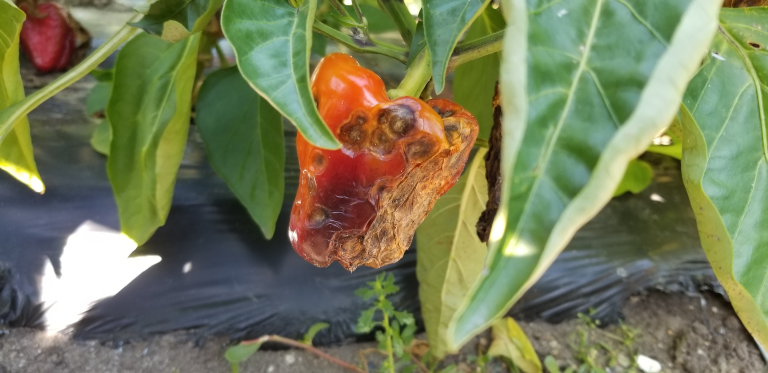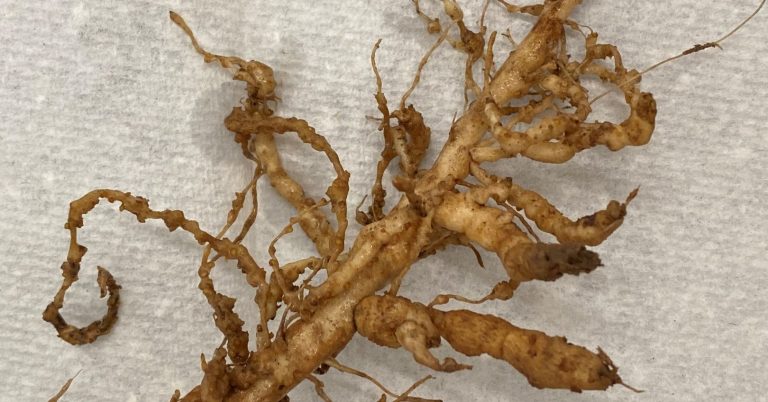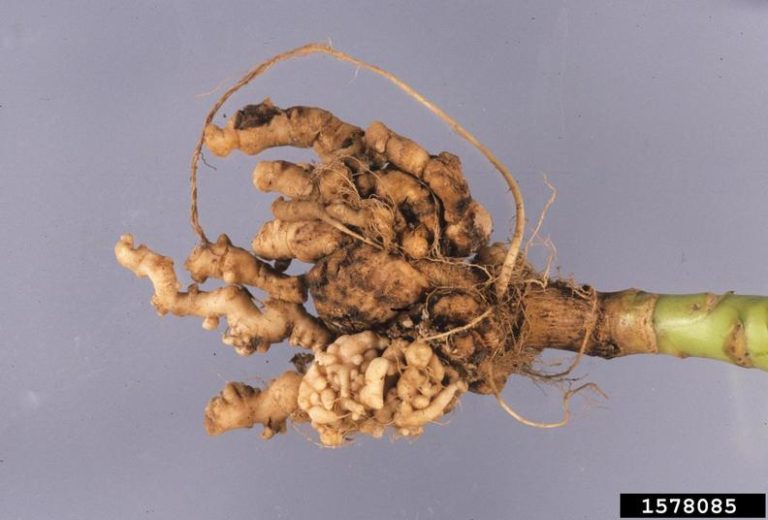Citrus Decline: Major Problem of Citrus Farming Nepal
Citrus decline can be understood as a multifactorial phenomenon observed in citrus orchards, characterized by a progressive deterioration of tree health, manifested through symptoms such as chlorosis, defoliation, reduced fruit set and quality, and overall stunted growth. This decline is driven by a combination of biotic factors, including pest infestations (e.g., citrus root weevils and the Asian citrus psyllid) and pathogenic diseases (e.g., Citrus Greening Disease caused by Candidatus Liberibacter), as well as abiotic stresses such as poor soil drainage, nutrient deficiencies, and adverse climatic conditions specific to the region. The culmination of these factors results in decreased citrus productivity and increased vulnerability of the orchards, impacting both agricultural output and local economies.
Citrus decline in Nepal, particularly affecting crops like mandarin, sweet orange, and lime, is a significant issue that has been extensively studied. The decline is due to a complex interplay of biotic and abiotic factors. Here are some of the most advanced and scientifically recognized causes of citrus decline in Nepal based on recent research:
1. Diseases:
- Citrus Greening Disease (Huanglongbing – HLB): Caused by the bacterium Candidatus Liberibacter asiaticus, spread by the Asian citrus psyllid (Diaphorina citri), HLB is one of the most devastating diseases. It causes yellowing of leaves, poor fruit quality, and tree death.
- Citrus Tristeza Virus (CTV): This virus, transmitted by aphids, particularly the brown citrus aphid (Toxoptera citricida), leads to quick decline and dieback of citrus trees, especially those grafted on susceptible rootstocks.
- Phytophthora Root Rot and Gummosis: Caused by soil-borne fungi like Phytophthora nicotianae and Phytophthora citrophthora, these pathogens attack the roots and cause rotting, which affects nutrient uptake and tree vigor.
2. Insect Pests:
- Citrus Psyllid (Diaphorina citri): Besides spreading HLB, the psyllid causes direct damage by feeding on new shoots, leading to stunted growth.
- Fruit Flies (Bactrocera spp.): Fruit flies cause damage to fruits, leading to fruit drop and reduced market value.
- Citrus Leaf Miner (Phyllocnistis citrella): This pest causes mining of leaves, leading to poor photosynthesis and weakened trees.
3. Nutritional Deficiencies:
- Zinc, Boron, and Magnesium Deficiencies: These are prevalent in many citrus-growing areas due to poor soil fertility management. Symptoms include leaf mottling, small fruits, and overall poor tree health.
- Soil pH Imbalance and Salinity Issues: Poor soil management practices, including improper fertilizer use, have led to imbalances that affect nutrient uptake.
4. Abiotic Factors:
- Climate Change and Extreme Weather: Irregular rainfall patterns, droughts, and temperature fluctuations stress citrus trees, making them more susceptible to diseases and pests.
- Water Stress: Both waterlogging and drought conditions can lead to poor root function, increased susceptibility to diseases, and ultimately tree decline.
5. Poor Agronomic Practices:
- Improper Pruning and Training: Lack of proper pruning techniques results in poor air circulation and sunlight penetration, which can exacerbate pest and disease problems.
- Unscientific Use of Pesticides and Fertilizers: Excessive or inappropriate use of chemicals can lead to pest resistance, environmental pollution, and phytotoxicity.
6. Rootstock and Scion Incompatibility:
- Poor compatibility between rootstock and scion can result in graft failure and weak tree growth, making trees more prone to decline.
7. Lack of Quality Planting Materials:
- The use of infected or poor-quality saplings is a major cause of disease spread and poor orchard establishment.
These factors combined contribute significantly to citrus decline in Nepal, affecting productivity and farmer livelihoods. Integrated pest management (IPM), improved agronomic practices, and the use of resistant varieties are some of the recommended strategies to mitigate these issues.





